At Maison Meraki here in the sun-blessed south of France, in the foothills of the majestic Pyrenées mountains, I have been running Equine-guided Mindfulness and Meditation retreats for more than a decade.
What I thought equine-guided mindfulness meditation was when I started, and what I have since learned it actually is, are two very different concepts.
Equine-guided meditation is a mindfulness meditation method. I have not changed my mind about that. Yet.
But what exactly is Mindfulness Meditation?
According to Prof. Jon Kabat-Zinn, the founder of Mindfulness-Based Stress Reduction method, mindfulness is “paying attention on purpose, in the present moment, and non-judgementally, to the unfolding of experience moment to moment. Mindfulness means maintaining a moment-by-moment awareness of our thoughts, feelings, sensations and surroundings.
What happens during an equine-guided mindfulness meditation session?
Equine-guided Meditation is a meditation method that is practised in the presence of one or more horses. Initially, when I started sharing this practice with my retreat participants, I decided to call it equine-facilitated meditation. My intention was that it would be a focused form of meditation, the horse serving as the focal point, instead of a candle, for example. I thought that the horse or horses would passively facilitate meditation. I did not intend that the horse or horses would take an active role in guiding the meditation.
I first came across equine-facilitated meditation while I was looking for ways to improve my relationship with Belle, my soul mare. I found the book “Meditation for Two,” by Dominique Barbier. In “Meditation for Two” Dominique chronicles his own soul-searching journey and his subsequent spiritual growth. “The only limits I have found have been my own. Where our own egos regularly allow fear and negativity to interfere with our ability to let go and form spiritual connections, horses possess an incalculable ability to function as conduits of connection,” Dominique writes in his book. “Where we analyse, where we try to explain, where we try to re-create, where we try to simply be, horses are already there –waiting for us to walk through the open door, to follow the path of spiritual oneness, to allow healing energy to come in.” Connection with horses, especially when during meditation, can teach us the skills we need to handle the trials and turbulence of life: Perseverance, patience, self-discipline, empathy, forgiveness, leadership and much more.
Why would anyone want to practice equine-guided mindfulness meditation?
Equine-facilitated mindfulness meditation offers a multitude of benefits for both mental and physical well-being. By cultivating present-moment awareness and non-judgmental acceptance of events and situations, with or without horses, mindfulness meditation can help us reduce our stress levels, while enhancing our overall resilience and ability to regulate our emotions. Regular practice can improve concentration, focus, and cognitive function, and lead to greater clarity of thought and more effective decision-making. Physically, it has been associated with reduced blood pressure, improved sleep quality, and enhanced immune function.
When I started hosting my retreats, to help my retreat participants reach that state of thoughtless awareness when the mind is calm, yet completely alert that I understand meditation to be, I usually started an equine-facilitated meditation session by directing them to a peaceful spot somewhere near the horses where we could all sit down in a circle. I began by asking them to concentrate on their breathing. At first, we breathed normally, gradually letting our breathing slow down until it was regular, smooth and slow.
If this seemed hard at first, I suggested they count their breaths. This simple technique involves counting 1 in your mind, as you breathe in. As you breathe out, count 1. Breathe in, count 2. Breathe out, count 2. Continue through to 10, then count backwards to 1 again. The counting connects your mind to your breath. If you lose count, simply return to 1 and keep at it.
I then asked them to focus their attention on one of my horses. I encouraged them to engage all their senses and even imagine that they are in fact a horse, that they can see, hear, smell, feel and even taste what a horse sees, hears, smells, feels and tastes. I suggested that they imagine how it would feel to have four legs, four hooves and a tail. I asked them to imagine moving like a horse: walking, trotting, cantering, rolling and rearing. As they imagine that they are seeing the world through a horse’s eyes, physically, mentally and sometimes metaphorically,
I encouraged them to look at their individual problems as a horse would look at a problem, as a member of a herd, interdependently and individually. Sometimes, when I personally reach out to the horses, they respond in kind, offering me solutions to problems from their perspective. I explained to participants, that if any distracting thoughts should interfere, they should notice these in a non-judgemental way and then allow the thoughts to fade away again. My guests were often surprised to find that when they were sitting in the paddock with the horses, it was much easier to quieten their minds and enter the meditative state than it was at home. Especially if they did not have much meditation experience.
Horses’ ability to be at once fully present in their bodies, in their environment as well as in the moment, facilitates mindful meditation by giving us a perfect example to follow and to focus on. My retreat participants loved the sessions and continued to practice equine-facilitated meditation at home, by imagining that they were still in the paddock with the horses, or by watching a YouTube video made for this purpose. So it worked quite well, I was happy with the results, until the day my Friesian soul mare Belle decided to take matters into her own hands.
Click here to read the rest of the story
Or, if you want to help your friends, family and clients manage and minimise the detrimental effects of stress on their mental and physical health, with the help of your horses, click on the following link to read more about Equine-Guided Mindfulness Meditation Teacher Training

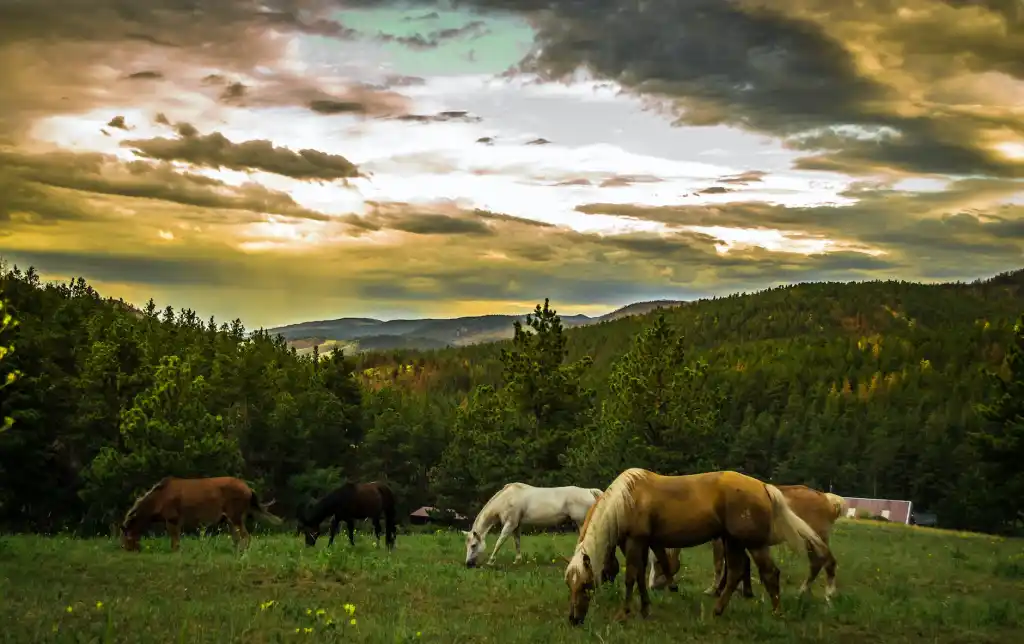
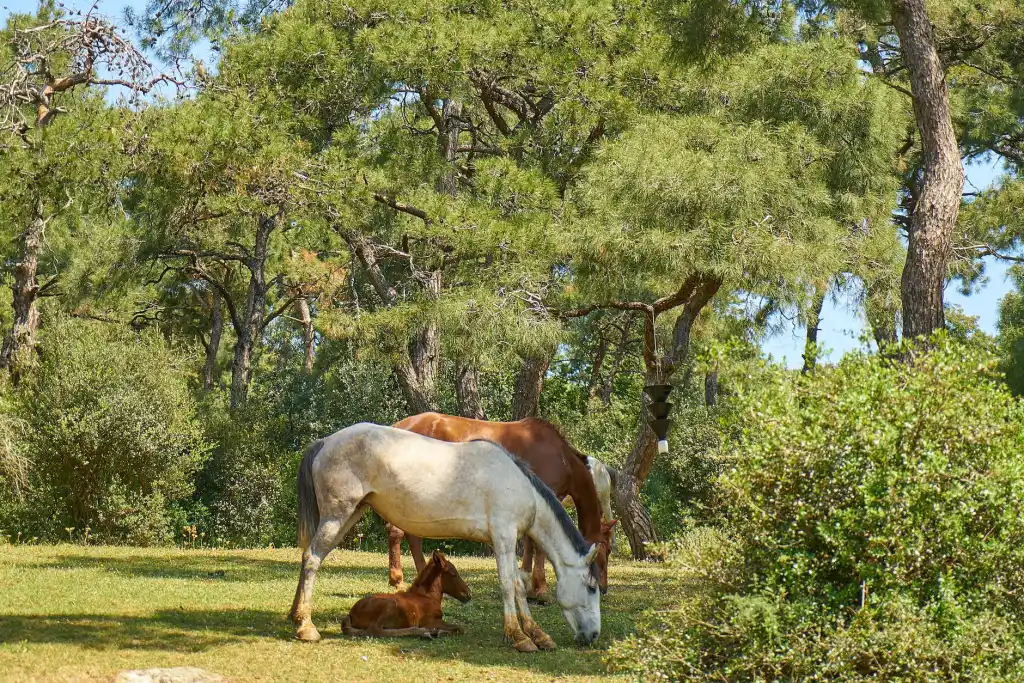
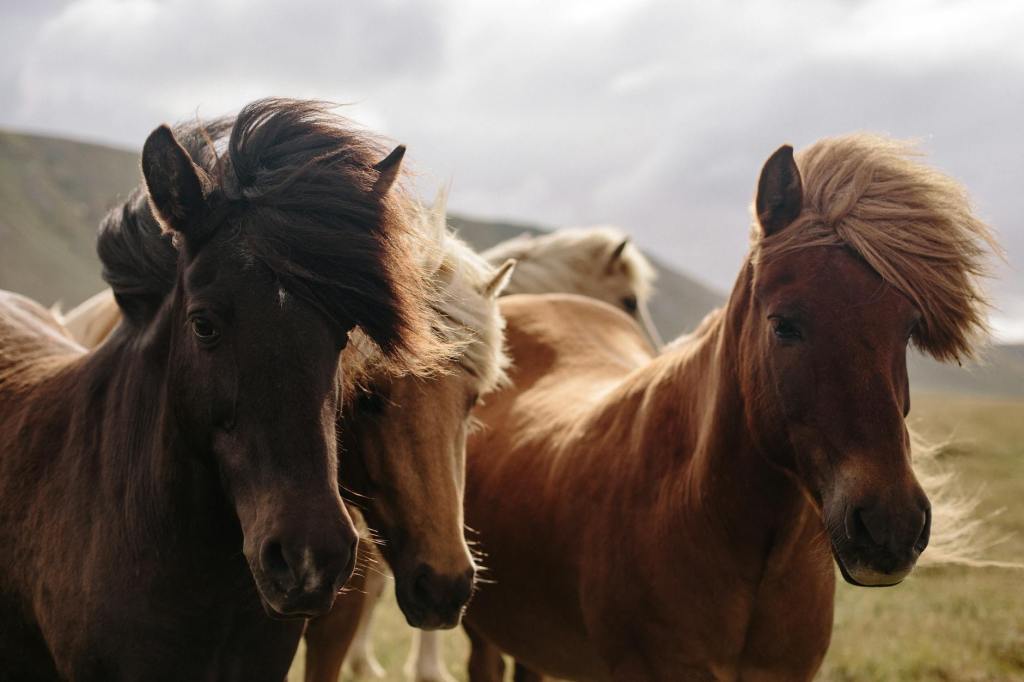
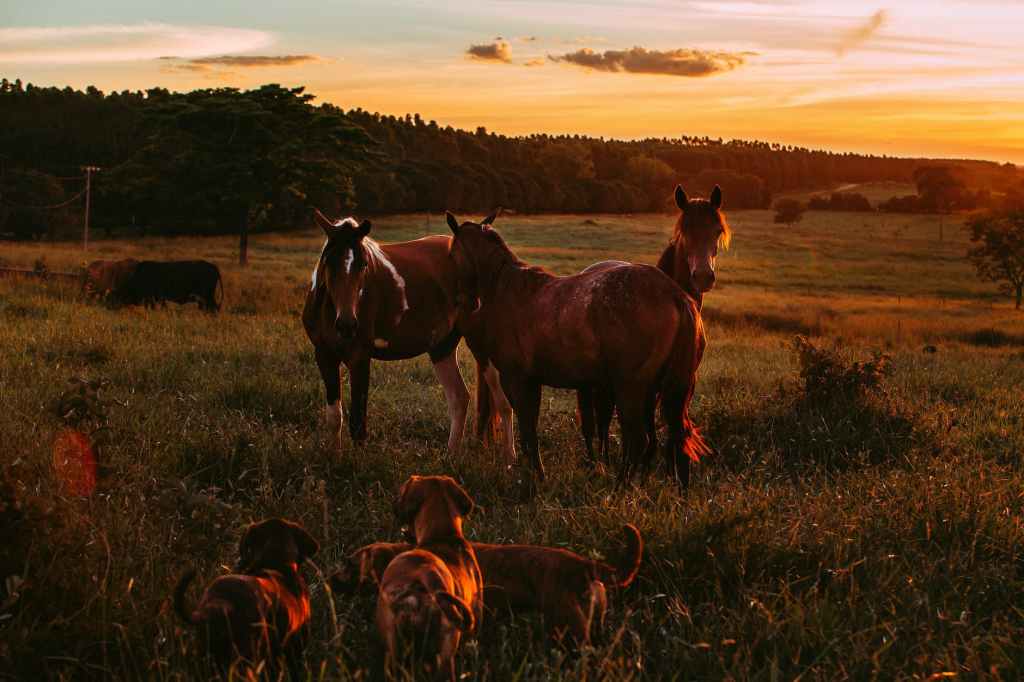
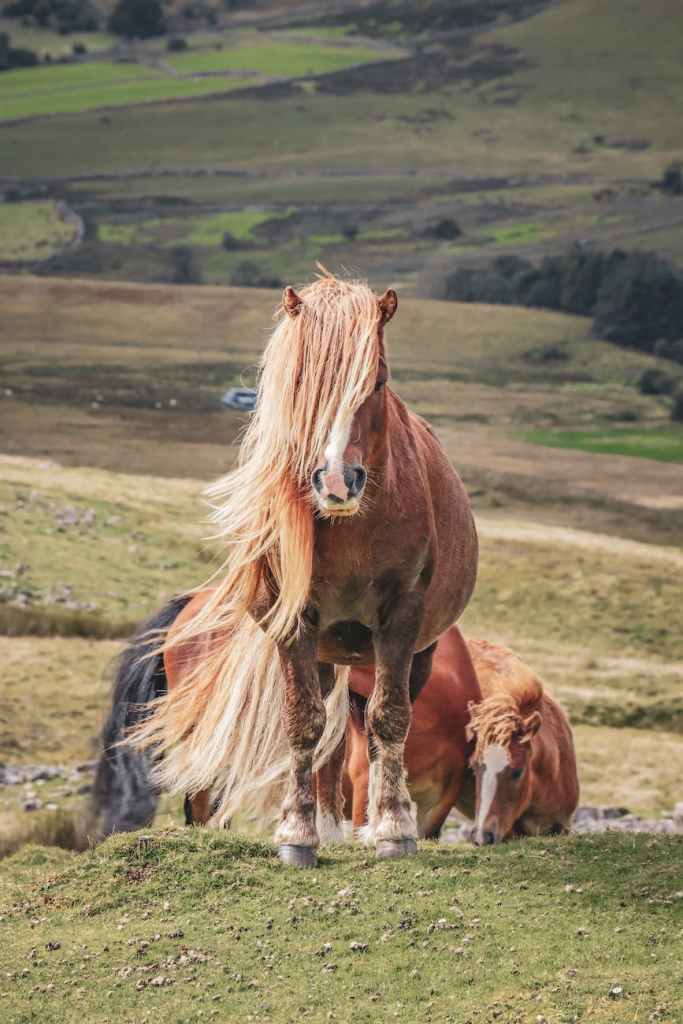
“Mindfulness is simply being aware of what is happening right now without wishing it were different; enjoying the pleasant without holding on when it changes (which it will); being with the unpleasant without fearing it will always be this way (which it won’t).” – James Baraz
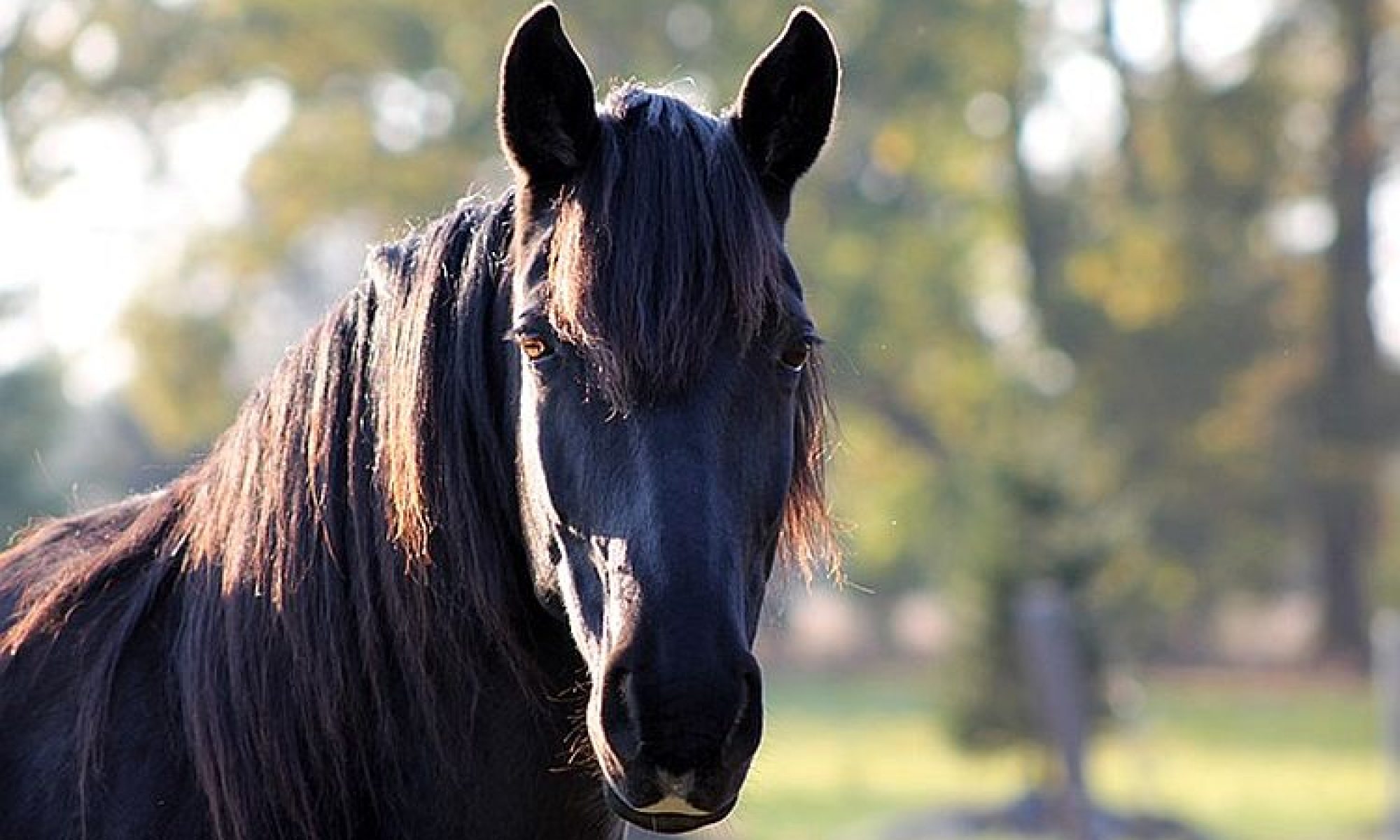
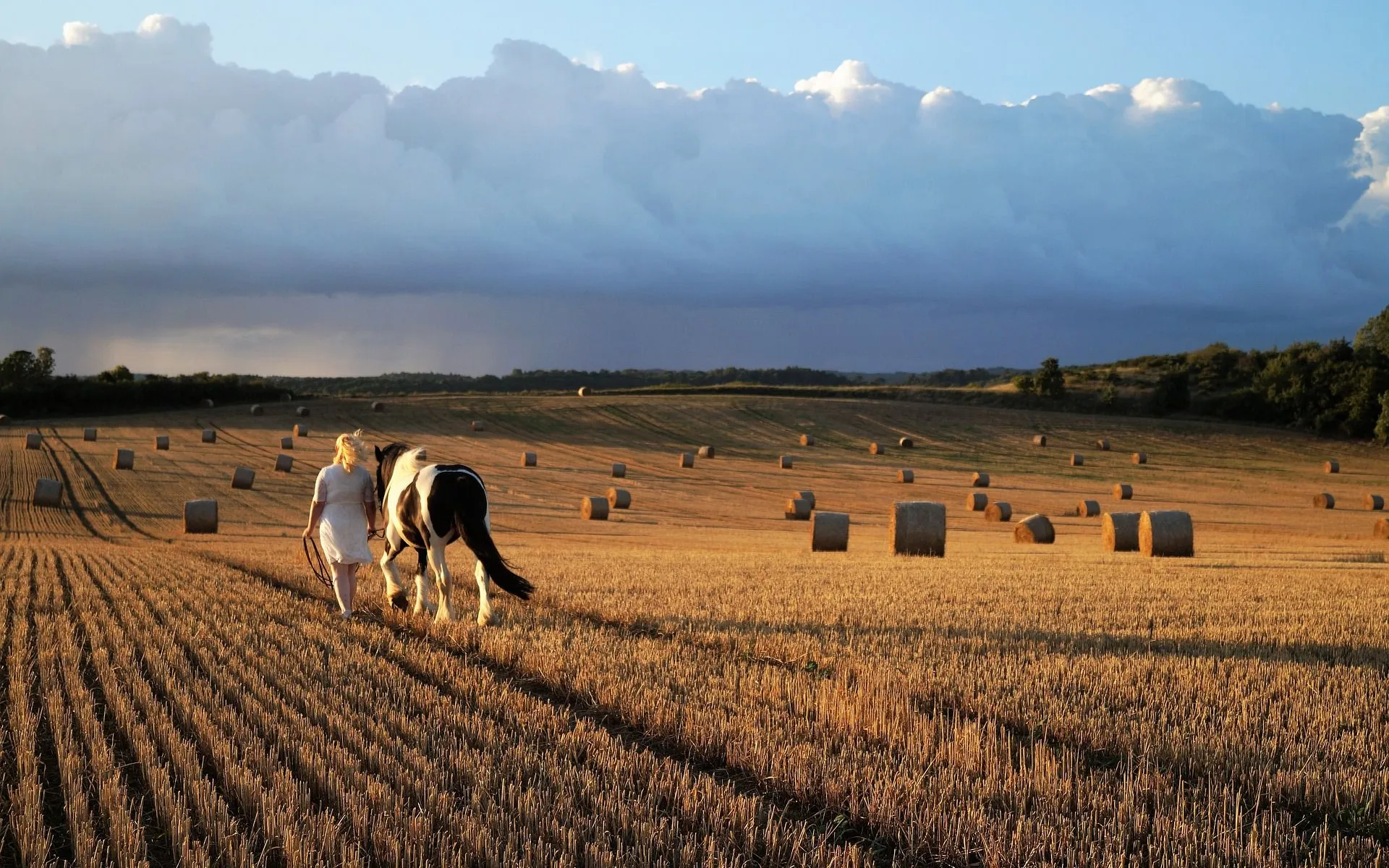
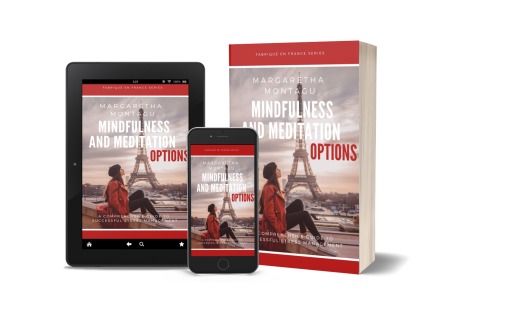
Hi! Thank you for this! I live in Long Island NY and want to start a mindfulness meditation w/Mares. I just love this and it’s an inspiration! We need more people to awaken and the sleepers don’t want to wake up!!
I am truly grateful. Namasté
I spend a lot of time with horses and my own horse Biasini, in particular. I loved reading this post and especially about Belle’s participation. I have no trouble in believing all the participants had an unforgettable experience. Horses can connect to us in the most deep and powerful way. Thank you for sharing this.
Thank you for sharing such a wonderful and touching experience. I have eight horses and want to incorporate them into my spiritual retreat practices as well. This was great!
My life’s work, Sherri, that I will gladly share with you.